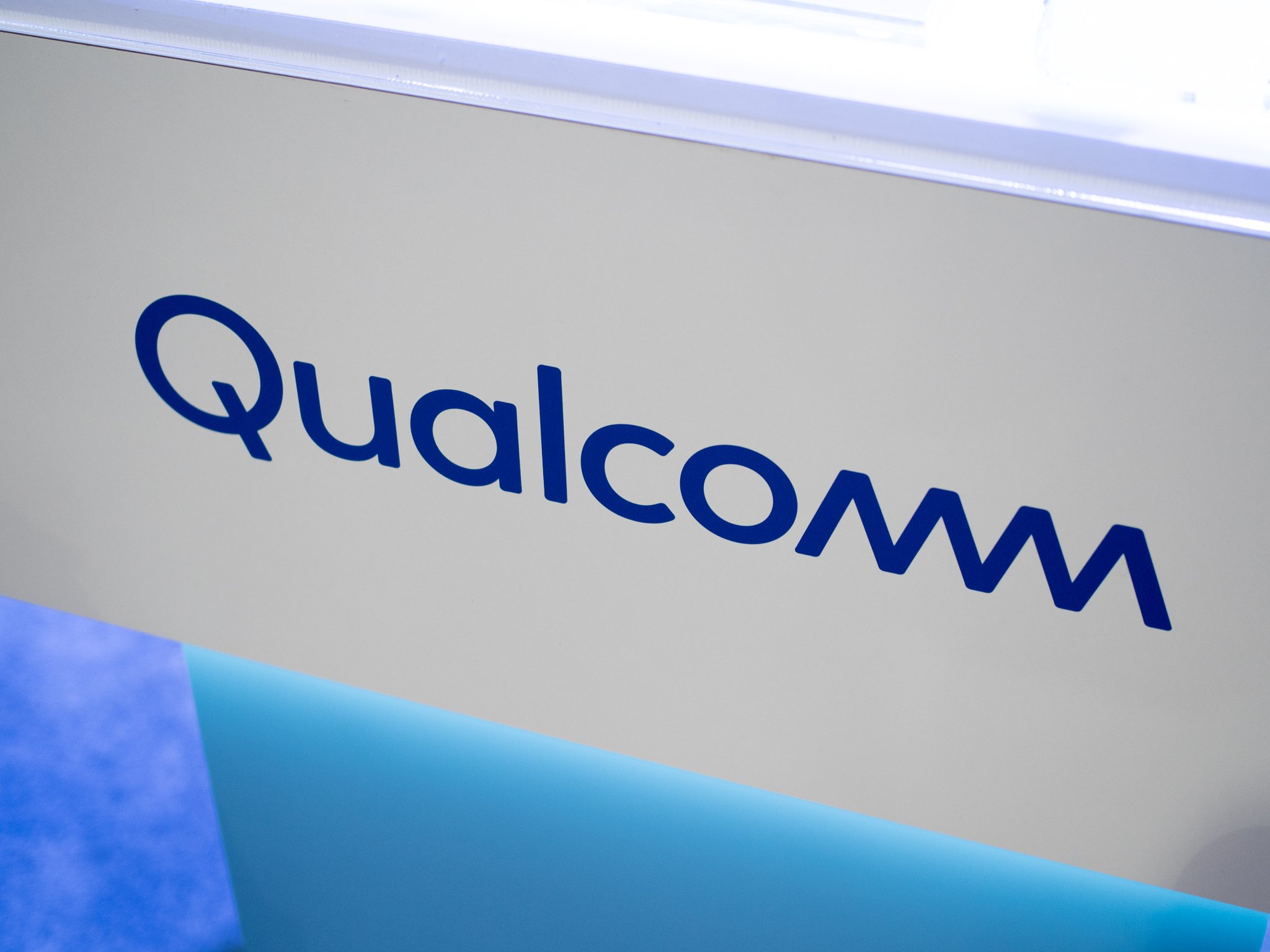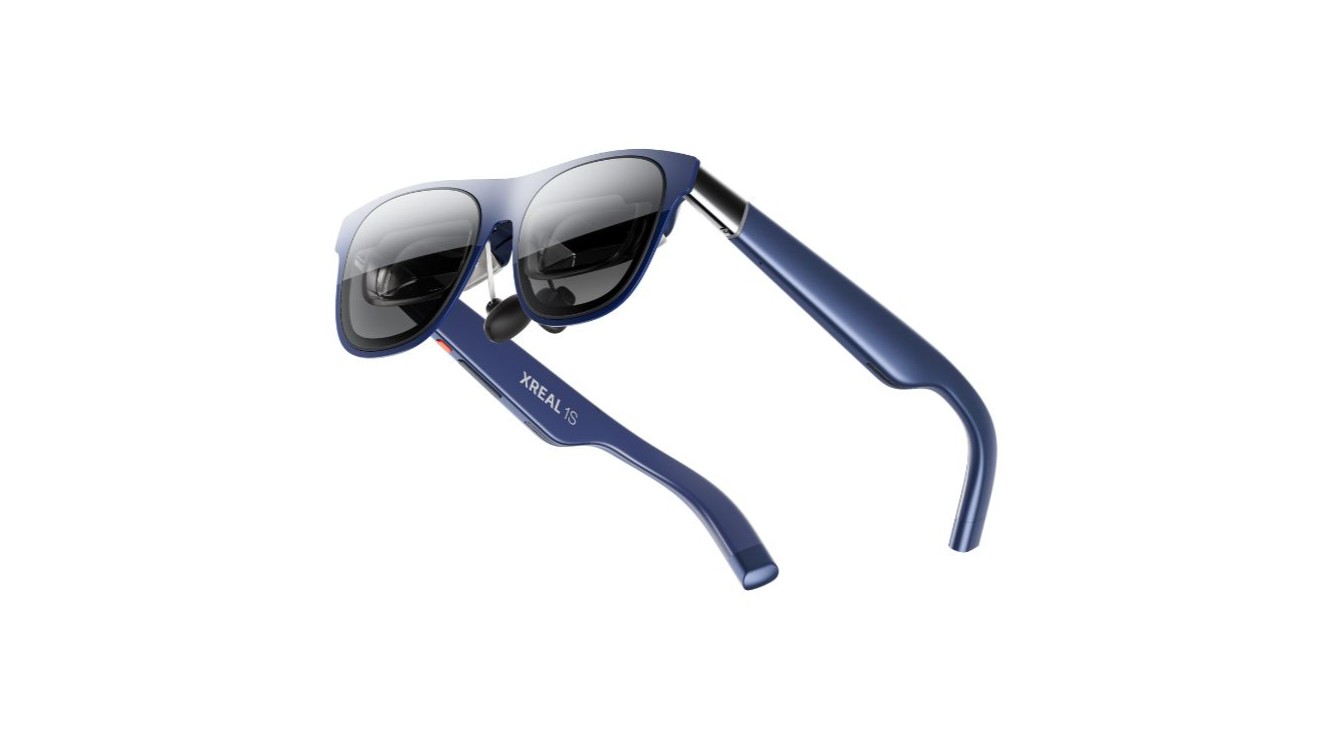Qualcomm announces Snapdragon Ride at CES 2020 — its new autonomous driving platform

What you need to know
- Qualcomm Snapdragon Ride Platform will assist Level 1 and Level 2 driver assistance systems.
- Snapdragon Ride will power Level 4 and Level 5 fully autonomous urban driving.
- Qualcomm is using air cooling and its mobile tech prowess to lower power consumption.
Qualcomm will put a Snapdragon behind the wheel of a car by 2023, if the new Qualcomm Snapdragon Ride Platform is adopted by automakers and Tier-1 manufacturers. Snapdragon Ride consists of three components: a system-on-chip (SoC), a safety accelerator system and software, and an autonomous driving software stack. The company expects its Ride platform to benefit all levels of advanced driver assistance systems (ADAS), from Level 1 and Level 2 systems that brake automatically and recognize traffic signs, through Level 4 and Level 5 systems that will drive autonomously navigate urban environments.
Those high-end systems will draw up to 130 watts when the chips are running through 700 Tera (trillion) Operations Per Second (TOPS). That's fairly low for such complex tasks, and Qualcomm says that Snapdragon Ride systems could be passively or air-cooled, instead of using liquid cooling that requires pump systems or other methods. Qualcomm says this efficiency will result in reduced costs, increased reliability, simpler design, and extended range. The company is also making safety a priority and says the Snapdragon Ride Safety system-on-chips were designed for functional safety ASIL-D systems, the highest level of operational integrity and safety for automotive systems.
We are pleased to be introducing our first-generation Snapdragon Ride platform, which is highly scalable, open, fully customizable and highly power optimized autonomous driving solution designed to address a range of requirements from NCAP to L2+ Highway Autopilot to Robo Taxis…our platform aims at accelerating the deployment of high-performance autonomous driving to mass market vehicles - Nakul Duggal, SVP product management, Qualcomm Technologies, Inc.
Qualcomm brings quite a bit of hardware expertise to the SoC, including image signal processors to power the cameras, enhanced digital signal processors (DSPs) to read the images, CPUs to do the thinking, and GPUs for the user experience and visualization. The company says it is currently the "leading semiconductor supplier in telematics and Bluetooth car connectivity."
CES 2020: The biggest news and announcements so far
Get the latest news from Android Central, your trusted companion in the world of Android

